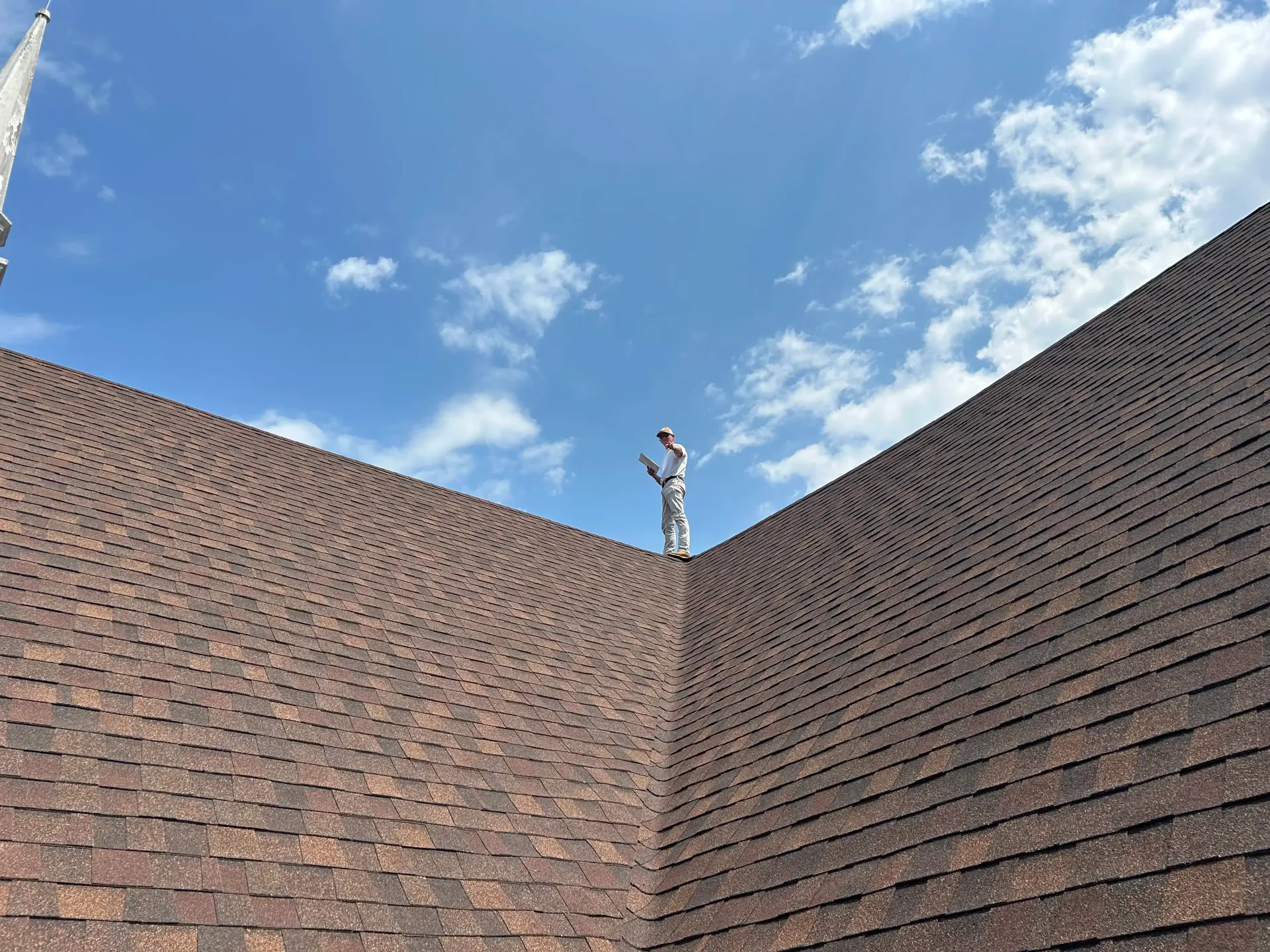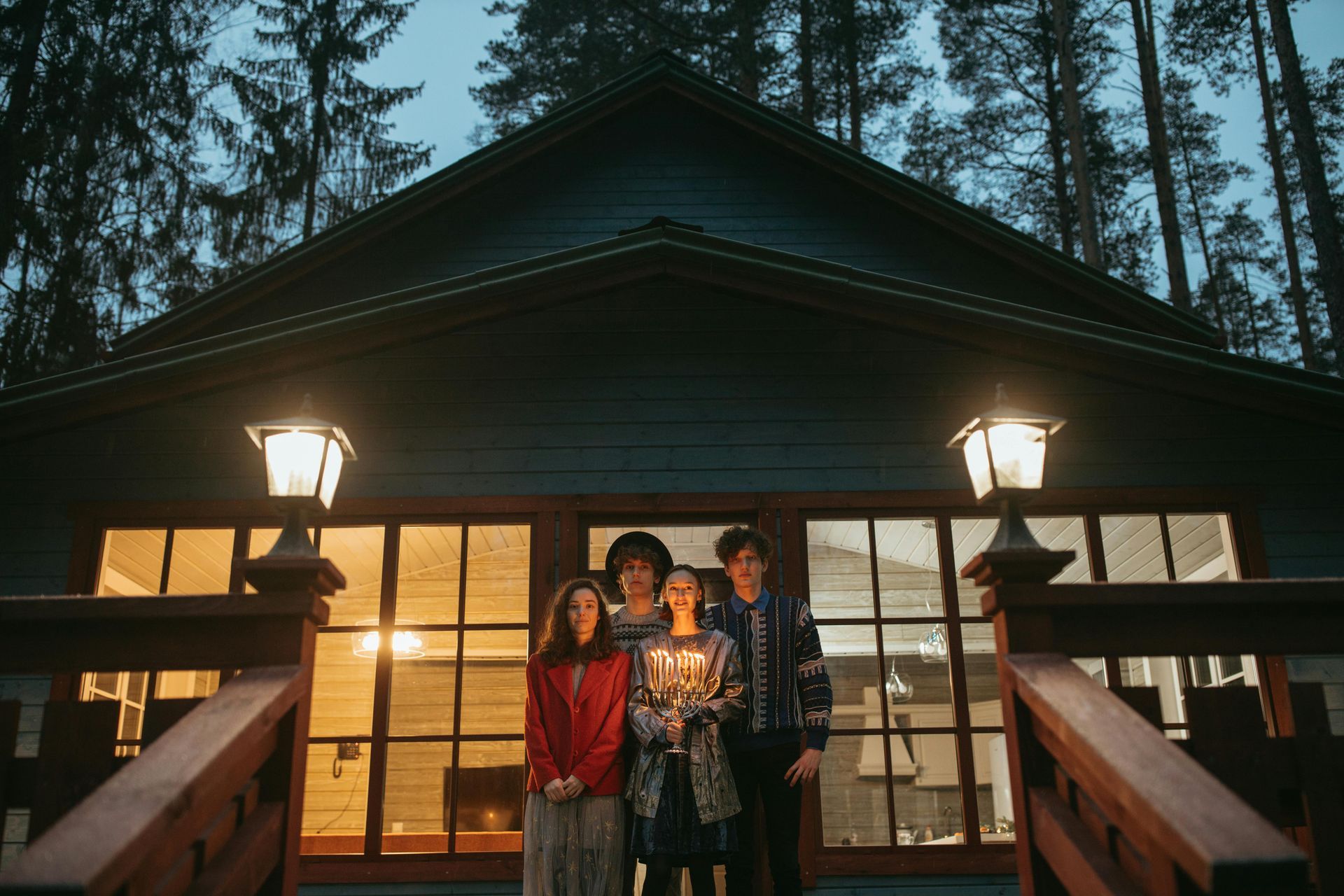10 Signs It's Time To Replace Your Residential Roof
What are the 10 signs you need to replace your residential roof?

Your roof is your home's first line of defense against the elements. It's a crucial component of your property's structural integrity and overall curb appeal. But like any part of your house, it won't last forever.
Knowing when it's time for a
roof replacement can save you money, stress, and potential damage down the road. Here are 10 telltale signs that it might be time to call in the Graduate Contracting professionals:
1. Age Ain't Nothing But a Number (Except for Your Roof)
The average lifespan of a typical asphalt shingle roof is around 20-25 years. If your roof is nearing or exceeding that age, it's wise to have it inspected, even if you don't see any obvious damage.
2. Shingle Shenanigans
- Curling, buckling, or missing shingles: These are clear indicators that your roof is nearing the end of its life.
- Granule Loss: Those little granules on your shingles aren't just for looks. They protect the asphalt from UV rays. Finding a lot of granules in your gutters or around your downspouts is a sign of aging.
3. Interior Clues
- Water stains or leaks in your attic: Don't ignore those telltale signs of water intrusion.
- Cracks in your interior walls or ceilings: These can be caused by a shifting roof structure.
4. Daylight Through the Roof Boards
If you can see daylight peeking through your roof boards in your attic, it's a definite sign of damage and potential leaks.
5. Sagging Roof Deck
A sagging or uneven roofline can indicate structural issues that require immediate attention.
6. Moss and Algae Growth
While often harmless, moss and algae can trap moisture and contribute to premature aging of your roof.
7. Damaged or Missing Flashing
Flashing seals the vulnerable areas around chimneys, vents, and skylights. Damaged flashing can lead to leaks.
8. Increased Energy Bills
A deteriorating roof can compromise your home's energy efficiency, leading to higher heating and cooling costs.
9. Your Neighbors Are Replacing Their Roofs
If your home was built around the same time as your neighbors', and they're all getting new roofs, it's probably a good indicator that yours is nearing the end of its lifespan too.
10. Peace of Mind
Sometimes, the best reason to replace your roof is simply for peace of mind. Knowing you have a new, reliable roof over your head can provide invaluable comfort and security.
The Graduate Contracting Difference
At Graduate Contracting, we understand that a roof replacement is a significant investment. That's why we offer:
- Free Inspections: Our experienced team will thoroughly assess your roof's condition and provide you with an honest and transparent evaluation.
- Quality Materials: We use only the highest quality roofing materials from leading manufacturers.
- Expert Installation: Our certified installers are committed to delivering exceptional craftsmanship and attention to detail.
- Excellent Customer Service: We're dedicated to providing our customers with a seamless and stress-free experience.
Don't wait until a minor issue turns into a major problem. Contact Graduate Contracting today for a free roof inspection and let our experts help you protect your home and your investment.


